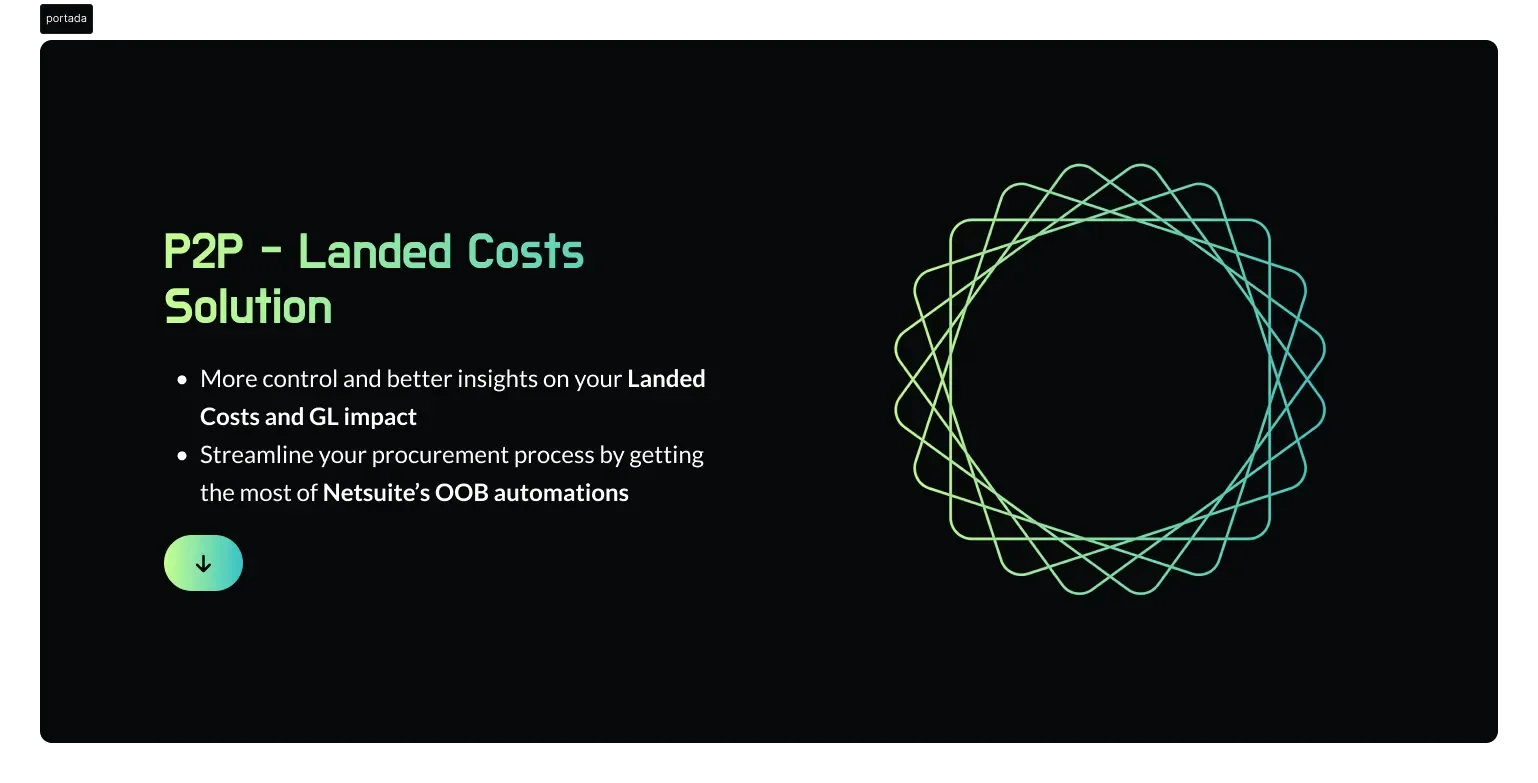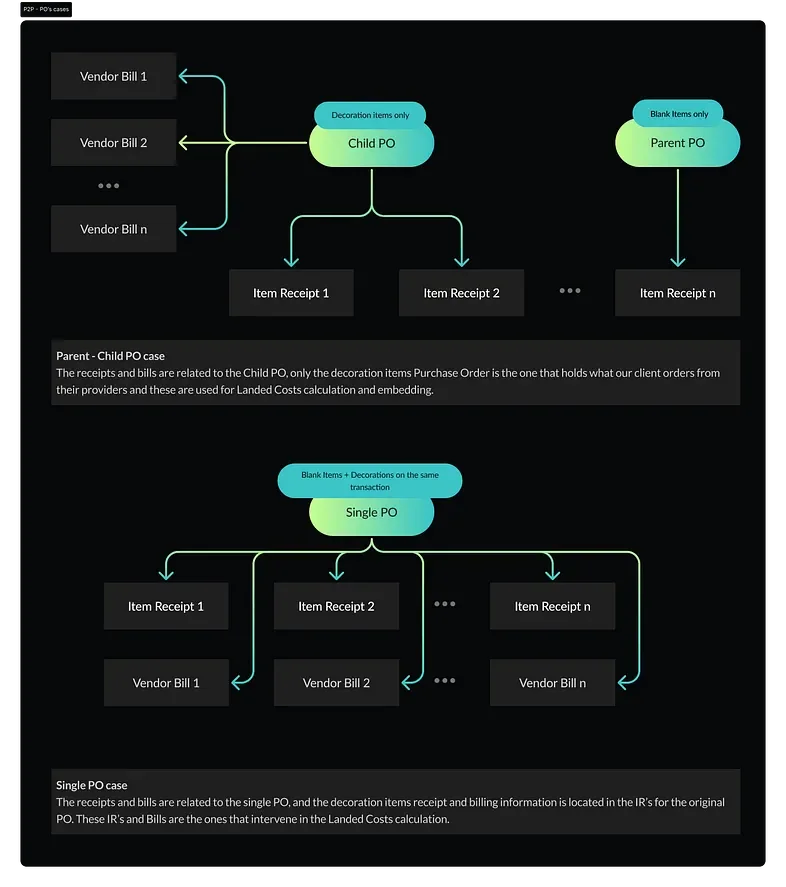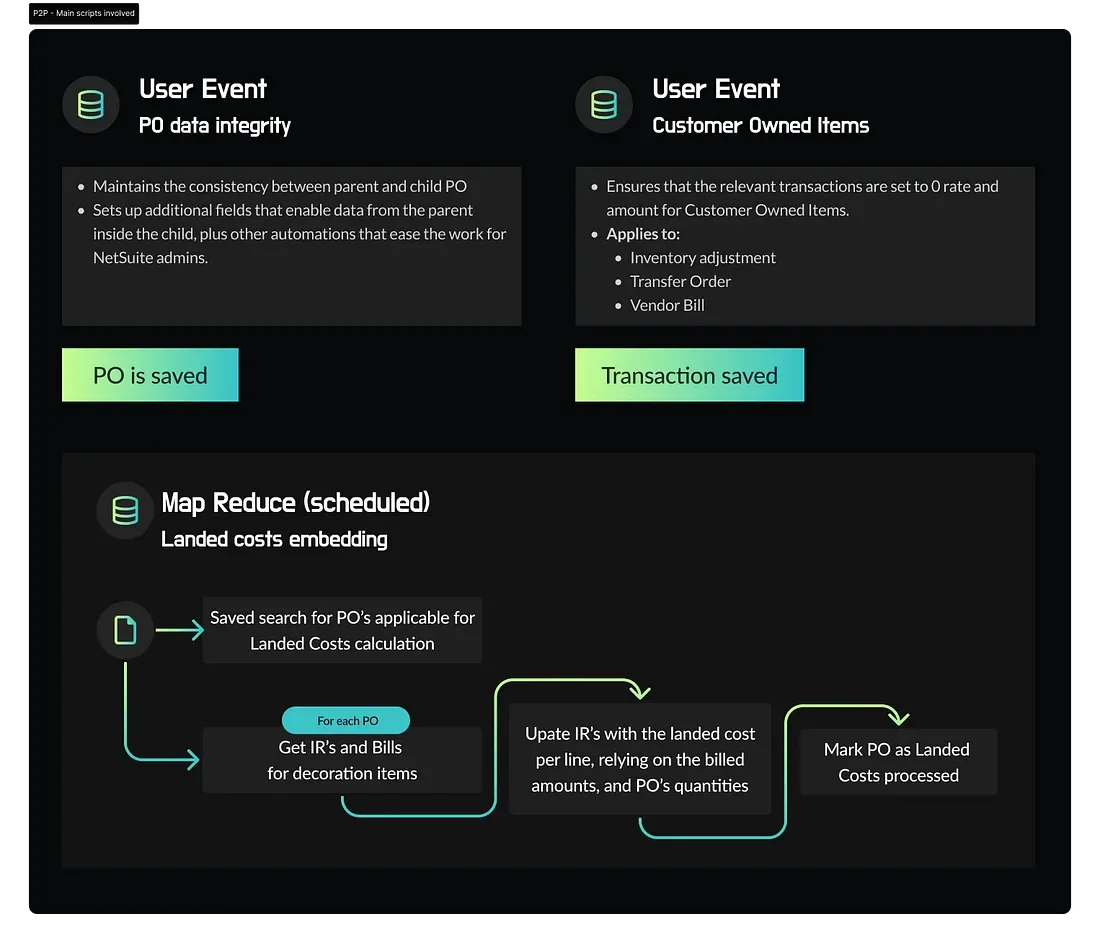NetSuite — P2P Streamlining: Landed Costs calculation for improved GL Impact control
AOTT’s Landed Costs Solution enables business to keep more granular control of their costs to sale without the need for manual intervention.
Procure to Pay stage in your business process can determine the profitability of your trade.
For companies that rely on other vendors for their business, it’s essential that they get the most out of their PO — SO reconciliation aiming to reach an optimal operational performance by leveraging the data available for Landed Costs calculation.
Landed Costs allows to account for additional expenses and charges related to getting the items you sell as part of the cost for the inventory.
NetSuite enables you to have the Landed Costs embedded in your Item Receipts either at a line level (landed cost per item) or at a body level (landed cost per receipt).
AOTT’s solution enables you to choose the level of granularity you’d like to achieve and automates the Landed Costs calculation relying on NetSuite’s OOB capabilities.
Read on to see how we did it.
Solution overview
For our client, we needed to support two variations of PO’s with their corresponding differences for Landed Costs Calculation
Our case study is for a client that sells Promotional Solutions (i.e.: t-shirts with brand names, pens with the company’s logo, etc.).
They own the items to be customized and request the customization from their vendors.
So, our client owns the blank items while all of the decorations will come from the vendors they trade with.
With this in mind, our automation must support the two basic variants for orders to vendors.
A single PO containing both blank items and decorations items. This works when the decoration vendor is the same one as for the blank items PO.
A Parent — Child PO relationship, with the latter storign only the decorations as its items.
The challenges for each approach relate to how the Landed Costs should be calculated.
For single PO, we should relay on the Item Receipts and Bill’s for it.
For Parent-Child, we’d need to rely on what’s billed for the Decoration Items, meaning the costs are calculated based on the customizations receipts.
This required our implementation to be smart enough as to deal with 9 different scenarios that cascade from here.
These variants contemplate the diverse possibilities for processing their orders that our client was looking at.
Complex? Yes. Did we provide an awesome solution for it? Of course
A deeper dive
AOTT’s Landed Costs solution automates the data integrity of the PO’s to ensure the process runs smoothly as required by your business.
Aside from the Landed Costs calculation, to ensure data consistency and integrity we required additional scripts that support the overall customization.
What was relevant for consistency:
To ensure that the parent-child relationship is automatically maintained, without the need for human intervention.
To automate PO’s definition as standalone or child PO required, according to their details.
To ensure that the cost for Customer Owned Items would always be 0, so we ensure that the Landed Costs will be calculated based on the items obtained from their providers only.
With this in mind, at a high level, the solution required the following automations to be present:
A script that ensures that upon saving a PO the integrity of the relationship between the current PO and its child would be properly maintained.
A script that contemplates transactions that might affect the costs calculation and keeps the Customer Owned Items to 0 in amount and rate.
A scheduled process that updates the PO’s that apply for Landed Cost and performs the appropriate calculations, embedding the costs in the Item Receipts related to the decoration items.
Additional fields that allow to indicate the type of PO being processed (single or with child).
Workflows that enhance the experience for final users, enabling them to intuitively create a new child PO from a parent one.
The customization enables the user to assign specific costs to specific items by setting an Item to decorate column when creating the PO.
It also supports distributed costs. Any decoration item that doesn’t have a specific Item to decorate set, will have its cost distributed across all of the corresponding blank items.
With this customizations, we streamlined our Client’s P2P process by removing the need for manual interaction while giving them more granular control on their cost for sales.
Conclusion
AOTT’s Landed Costs automation enables businesses that work with other vendors to keep track of their costs and see the effect on the GL Impact for the goods needed for the products they sell.
AOTT’s Team collaborated with our client’s team to achieve the solution they needed to optimize their operations and interaction with their vendors.
Our P2P — Landed Costs automation represented a milestone for our client’s operations optimization and enabled us to build a solution that we can replicate and customize for future projects.



